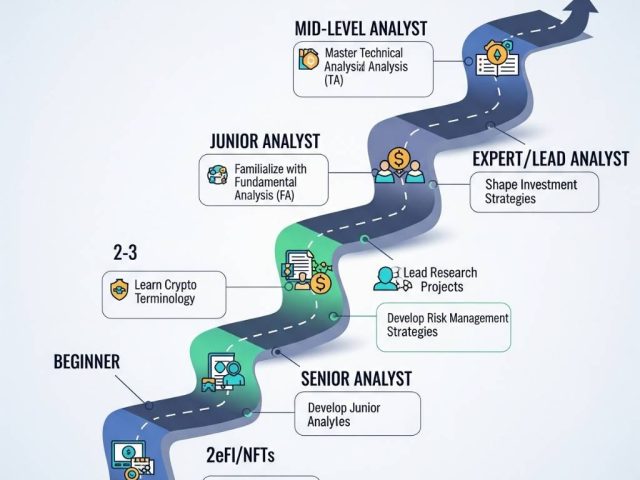Introduction: A Rumble in the Jungle of Social Media
In the sprawling jungle of social media, dominated by tech giants like Facebook and Twitter, a decentralized alternative emerged with the promise of a more democratic and user-empowered experience. Steem, a blockchain-based platform, sought to challenge the status quo by offering a censorship-resistant, reward-driven social media ecosystem. However, as time passed, the question lingered: was Steem a revolutionary force or a failed experiment?
What is Steem? A Deep Dive into the Decentralized Ecosystem
At its core, Steem is a social media platform built on blockchain technology. It operates on a proof-of-stake (PoS) consensus mechanism, meaning users who hold the native cryptocurrency, STEEM, can validate transactions and earn rewards for their participation. The platform’s unique feature is its reward system, where users are incentivized to create and curate high-quality content through upvotes and downvotes.
Earning Rewards on Steem: A Content Creator’s Paradise (or a Mirage?)
One of Steem’s most appealing aspects was its potential to reward content creators directly. Users could earn STEEM tokens by receiving upvotes on their posts, and the more upvotes a post received, the higher the reward. Additionally, users could delegate their STEEM to other users, known as curators, and earn a portion of the rewards generated by the curators’ votes.
However, the sustainability of Steem’s reward system was a subject of debate. As more users joined the platform and created content, the total supply of STEEM increased, potentially leading to inflation. This could dilute the value of existing tokens and raise questions about the long-term viability of the reward model.
Steem vs. Centralized Platforms: A Tale of Two Titans
To better understand Steem’s unique proposition, let’s compare it to traditional centralized social media platforms:
| Feature | Steem | Centralized Platforms |
|---|---|---|
| Censorship | Resistant | Susceptible |
| Data Ownership | User-controlled | Platform-controlled |
| Monetization | Reward-based | Ad-based |
| User Control | High | Low |
As the table illustrates, Steem offered a stark contrast to centralized platforms. It promised users greater control over their data, a more equitable reward system, and resistance to censorship. However, whether these advantages outweighed the challenges faced by Steem remained to be seen.
The Thorny Issue of Steem’s Governance: A Hive in Dissension?
Steem’s on-chain governance model, where STEEM token holders could vote on proposals, was intended to foster a democratic and community-driven platform. However, the governance process was not without its challenges. A notable controversy arose in 2020 when a hard fork split the Steem community into two factions: Steem and Hive. The disagreement centered around the interpretation of the platform’s governance rules and the distribution of certain resources.
Has Steem Lost its Steam? Challenges and Concerns
Despite its initial promise, Steem faced several challenges that contributed to its decline. One of the most significant issues was the decreasing user base and token value. After reaching a peak in 2018, Steem experienced a steady decline in both metrics. Several factors may have contributed to this decline, including:
- Competition: The emergence of other decentralized social media platforms and the dominance of established centralized platforms posed a significant threat to Steem’s market share.
- Technical Limitations: Steem’s technology was not without its limitations, which may have hindered its growth and adoption.
- Community Disputes: The 2020 hard fork and subsequent governance controversies created divisions within the Steem community, which could have negatively impacted its momentum.
A Glimpse of Hope: Steem’s Path to Potential Revival
Despite the challenges, there were signs of hope for Steem’s future. Community-driven initiatives, platform upgrades, and strategic partnerships were explored as potential avenues for revitalization. Some of these efforts included:
- Community-led initiatives: Dedicated users and developers worked to improve Steem’s features and attract new users.
- Platform upgrades: Efforts were made to address technical limitations and enhance the user experience.
- Strategic partnerships: Collaborations with other projects and organizations could have provided Steem with additional resources and exposure.
Conclusion: Is Steem a Relic of the Past or a Viable Future?
Steem’s journey as a decentralized social media platform was marked by both promise and challenges. While it offered a unique proposition and a potential alternative to centralized platforms, the platform faced significant hurdles, including governance issues, declining user base, and technological limitations.
Whether Steem could overcome these challenges and establish itself as a viable decentralized social media platform remained uncertain. The future of Steem would depend on its ability to attract and retain users, address technical limitations, and foster a united and engaged community.
FAQs: Demystifying Steem
- What is the difference between Steem and STEEM? Steem is the name of the social media platform, while STEEM is the native cryptocurrency used on the platform.
- How do I get started on Steem? To join Steem, you need to create an account and acquire STEEM tokens. You can purchase STEEM on cryptocurrency exchanges or earn it by creating and curating content on the platform.
- Is Steem a safe platform to use? Like any online platform, Steem carries certain risks. It is important to be aware of potential security threats and take appropriate measures to protect your account and funds.
- What is the future of Steem? The future of Steem is uncertain. It will depend on its ability to overcome challenges, attract new users, and adapt to the evolving landscape of social media.
Scentia Research Group: Your Partner in Blockchain Success
Is Steem’s social media platform a decentralized revolution or a failed experiment?
Our research team at Scentia has delved deep into this question, analyzing the platform’s technical aspects, community dynamics, and market trends. We’ve uncovered valuable insights that can help you understand Steem’s potential and challenges.
At Scentia, we’re passionate about helping blockchain projects succeed. Our team of experts provides in-depth qualitative research and analysis to identify and address potential pitfalls before they derail your project. We offer tailored solutions and guidance to ensure your blockchain initiative is on a solid path to success.
Contact us today to discuss your blockchain project and learn how Scentia can help you achieve your goals.





